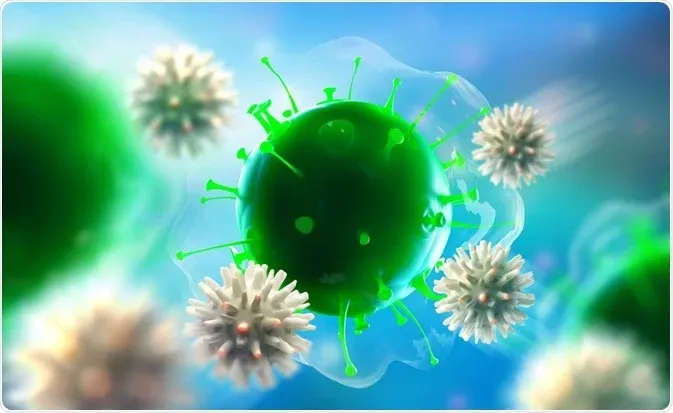Innate Immunity

Innate immunity is a protective mechanism that works to fight off infections. It is a multifaceted process that involves various types of cells and organs. Some of the most important components of innate immunity are the endothelial cells and epithelial cells. They function as barriers against infection by secreting antimicrobial peptides and proinflammatory cytokines. The alveolar epithelium is the most studied innate immunity component, which serves as a defence against inhaled pathogens. There are two types of cells in the alveolar epithelium: type I and type II. Both types of cells have different functions and expression levels.
NK cells
Purified NK cells were isolated from fresh, healthy donor leukopacks. They were stained with anti-CD56 phycoerythrin (PE) and counted using a fluorescence-activated cell sorter. The cells were more than 98% pure.
NK cells play a role in innate immunity by preventing infection and reducing microbial burden. They do this by localizing in potential microbial entry portals. They also produce chemotactic factors to activate DCs.
Pentraxins
Pentraxins are protein molecules that bind to the surface of pathogens and act as opsonins, promoting the removal of the pathogen through phagocytosis. They interact with Fc receptors and induce the activation of cellular immune functions and immune complexes.
Pentraxins are ancient proteins and have evolved over many evolutionary cycles. They are expressed in many cells and play several different roles. They neutralize viruses and microbes, enhance phagocyte killing, and regulate complement. They are also important for innate immunity, playing a role in regulating inflammatory responses and complement activation.
Cell-mediated cytotoxicity
Cell-mediated cytotoxicity is an important process in innate immunity, which can lead to the destruction of foreign or abnormal cells. This process can affect many cells, including normal cells from unrelated individuals and cancer cells. In addition, it can directly affect bacteria, parasites, and fungi.
This type of cytotoxicity occurs when immune cells attack nonself cells that are activated. The NK cells express the low-affinity Fc receptor, CD16, which allows them to recognize antibody-coated target cells and carry out antibody-dependent cell cytotoxicity. These cells are the first line of defence against infection, cancer, and metastasis.
Cell-mediated lysis
Cell-mediated lysis is a way for immune cells to kill cellular targets. It is generally performed by effector cells, most often differentiated CD8+ T cells, cytotoxic T lymphocytes, or natural killer cells. However, CD4+ T cells can also acquire the cytolytic phenotype. Cell-mediated lysis is important in the protection against intracellular pathogens. NK and CTL cells kill intracellular bacteria and viruses, and both can recognize certain types of tumour cells.
Innate immunity cells include natural killer cells (NK cells). These cells are large lymphocytes that have distinct cytotoxic granules. Inflammatory cells can evade detection by modifying the expression of the ligands, which bind to the activating NKG2D receptors on NK cells. This result in the lysis of the tumour cells. This process is triggered by post-translational regulation of ligands through internalization, proteasomal degradation, and cleavage and shedding.
Cell-mediated immunity
Cell-mediated immunity plays an essential role in protecting the body against infection. It involves the production of antigen-specific T cells. These T cells are specialized cells that ingest and present antigens. They are also known as tissue dendritic cells. They enter the body at sites of infection and become activated and mature. They become highly effective antigen presenters.
In mammals, T cells are important for the adaptive immune response, and there are several subsets of T cells. Each subset has distinct cell-mediated and humoral functions. Similar functions are also observed in fish. T cells, called Th cells, help other cells fight off infections. They also kill cells, such as transplanted allogeneous cells and viral-infected ones.




